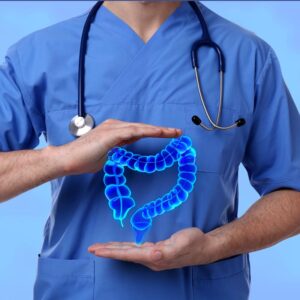Functional Anorectal Disorders
“Our concepts of the pathophysiology of anorectal disorders continue to evolve with an increasing array of sophisticated tools that can characterize anorectal structure and function.”
This report and the associated recommendations are based on a review of the world literature by investigators with a longstanding interest in anorectal disorders. It defines criteria for diagnosing functional anorectal disorders (i.e., fecal incontinence, anorectal pain, and disorders of defecation).
The diagnostic criteria include a minimum duration of symptoms to avoid the inclusion of self-limited conditions.
Functional Fecal incontinence (FI) is defined as the uncontrolled passage of fecal material that has recurred for 3 months. Flatus leakage alone should not be characterized as FI, partly because it is difficult to define when flatus passage is abnormal.
The 2 functional anorectal pain disorders (chronic proctalgia and proctalgia fugax) are distinguished based on duration, frequency, and characteristic quality of pain.
Functional defecation disorders are characterized by paradoxical contraction or inadequate relaxation of the pelvic floor muscles during attempted defecation (dyssynergic defecation) or inadequate propulsive forces during attempted defecation (inadequate defecatory propulsion).
An excellent read that works to standardize terminology and diagnostic criteria across specialties.
Article Details
Authors
ADIL E. BHARUCHA,* ARNOLD WALD,‡ PAUL ENCK,§ and SATISH RAO *Mayo Clinic, Rochester, Minnesota; ‡University of Wisconsin School of Medicine and Public Health, Madison, Wisconsin; §University Hospitals Tuebingen, Tuebingen, Germany; and University of Iowa Hospital and Clinic, Iowa City, Iowa
Publishing Info
Gastroenterology
Gastroenterology Vol. 130, April 2006
Filed Under
- Colon & Rectal
- |
- Gastroenterology
- |
- Urogynecology & Female Urology
- Defecation Disorders
- |
- Pelvic Floor Dysfunction
- |
- Rectal Prolapse





